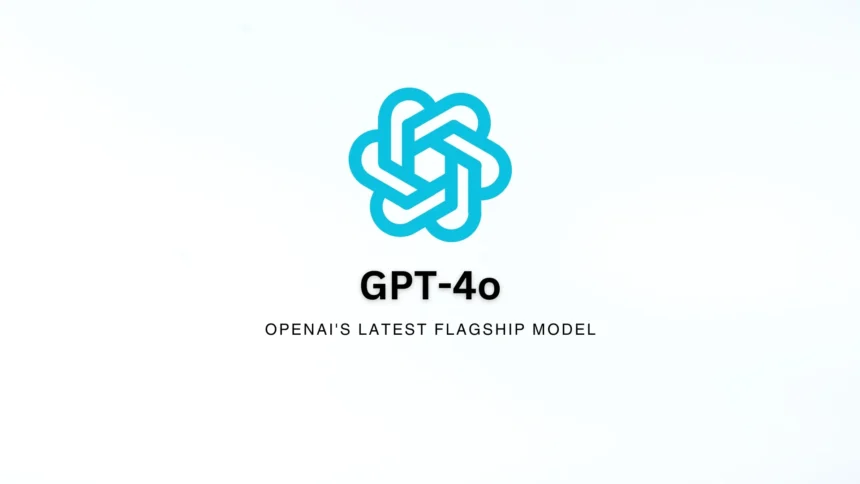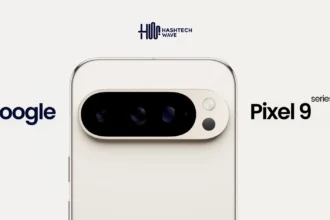GPT-4o is OpenAI’s new powerful artificial intelligence model designed to engage in chat conversations. It has been created with the aim of allowing the AI chatbot system developers create bots that can respond to human beings conversationally without pausing or hesitation. GPT-4o can even be faster and better than a normal human when it comes to typing at speed while thinking out responses quickly enough to type them almost simultaneously.
GPT-4o (“o” stands for Omni)
OPEN AI
The Humane AI initiative was previously criticized for being too slow but with the increased speed of GPT-4o, this could lead to more natural and engaging conversations and pave the way for seamless and intuitive human-AI assistant interaction.
Response Time of GPT-4o
In latest press release, OpenAI declared that GPT-4o takes 232ms to process information while its average response time is 320ms. This model is outstanding because the previous conversational AI model from OpenAI including GPT-3.5 or GPT 4 were much slower in comparison. Not only does this major upgrade improve the quality of service offered by AI systems but it also enables them to give instant feedbacks in applications and communication real time.
Emotional Intelligence of Conversational AI
Along with increasing its speed, GPT-4o also demonstrates an impressive improvement in terms of emotional intelligence concerning conversation traction. This type of expanded knowledge towards feelings coupled with the corresponding expression may come in handy within situations where one needs empathy, connection or identification with another person on more individual level.
Ability for AI to change pitch and tone that produces better understanding when communicating with people either by telling stories at bed time in an exaggerative manner or singing. It could also be useful if users could set different moods of communication based on their preferences and styles because not everyone would love communicating with a boring robot all the time.
Empowered with Combo of Text, Speech and Vision
GPT-4o’s most important improvement is that it can now handle multimodal inputs. In other words, you can feed it text, speech, or vision data and it will process them all as if they were one. By allowing the user to speak in different ways through visual input channels, this marks a huge step forward for conversational AI – which means systems are better at understanding what people mean and need when they talk to them.
The video demo from OpenAI was amazing. It was about the new beta test feature that enables users to point their camera at an object and ask questions about it in real-time. This integration of visual input has opened a lot of doors for me — I can now interact with AI more naturally and intuitively than ever before because I use my sight to do so.
This integration of text, speech, and vision all together withing a single neural network shows a large improvement made on conversational AI. When these modes are combined, GPT-4o is able to understand the user’s needs more fully in context and thereby give more accurate responses.

Editor’s Recommendation: Why Sora AI is Booing – Secret Behind Next Level AI
Future of Conversational AI: Endless Possibilities
As technology advances further so we are curious about where multimodal Artificial Intelligence like GPT-4o will be used next. The prospect of these systems transforming our interactions with technology across different industries and settings – healthcare, education, business or even entertainment is mind-blowing!
Nonetheless, like all technological progress, addressing the moral and social consequences of such AI systems is going to be really important. The future of conversational AI will depend heavily on ensuring that they are designed and put into operation in a responsible way which involves being transparent, accountable, as well as making sure the user’s welfare is considered.







